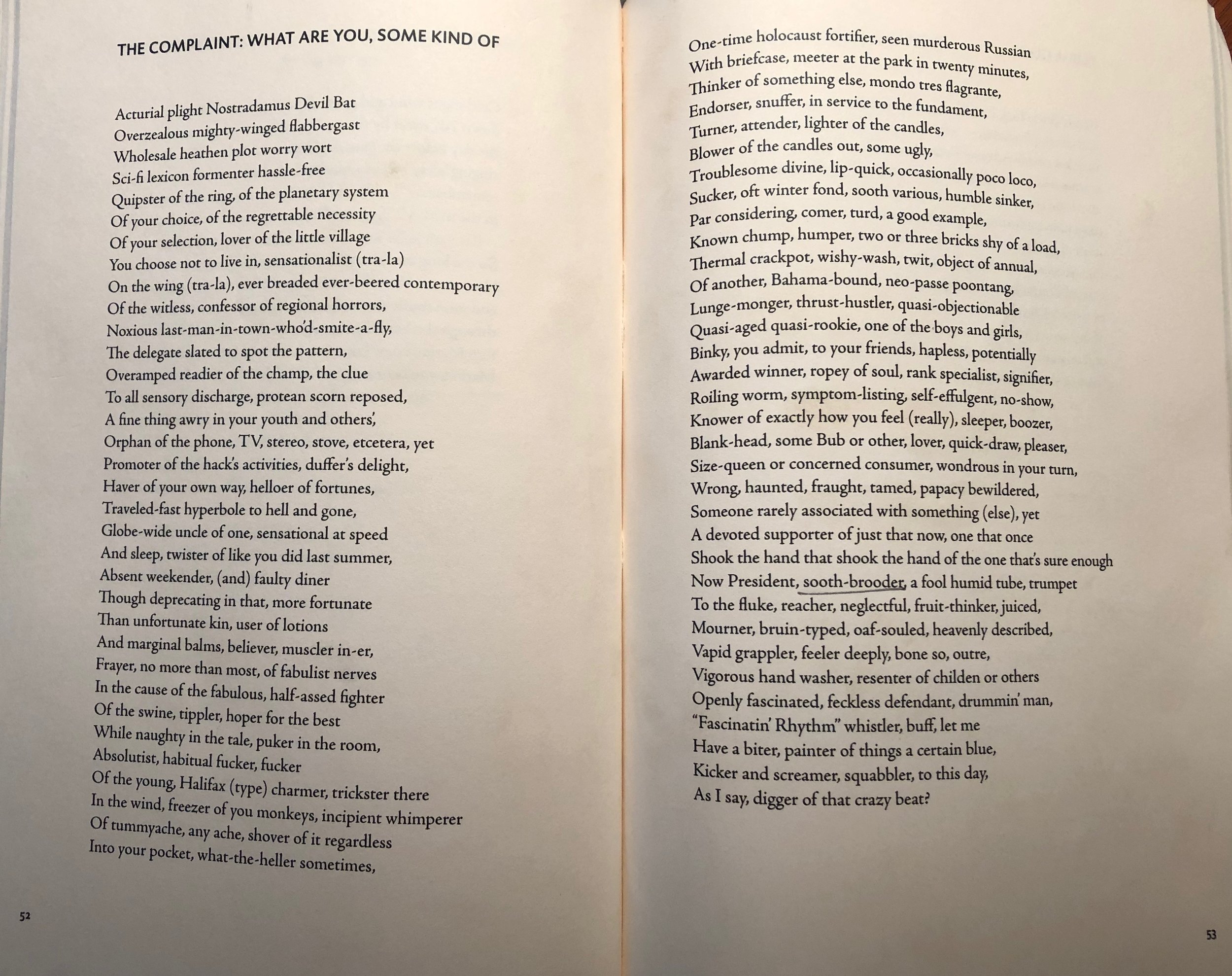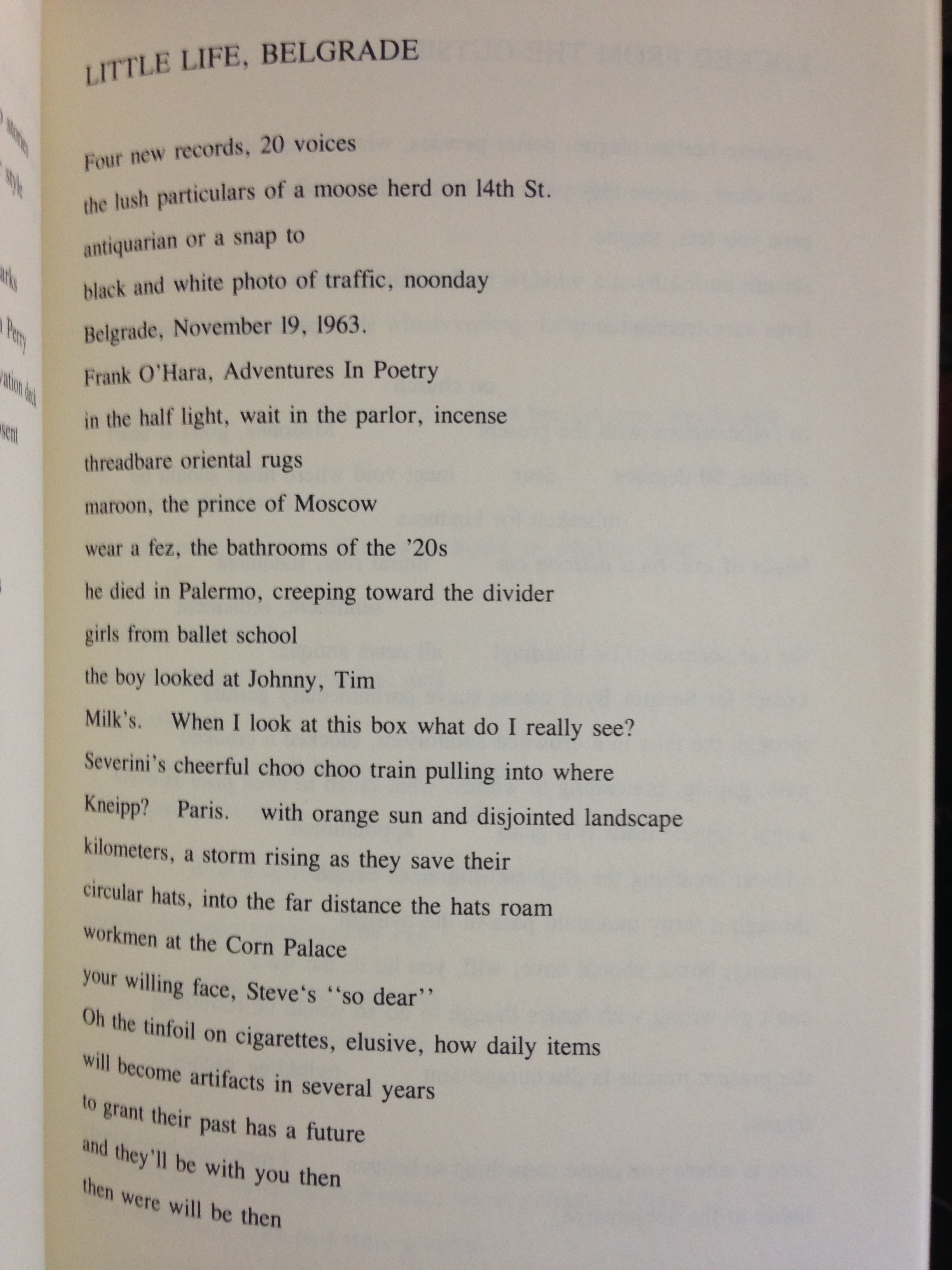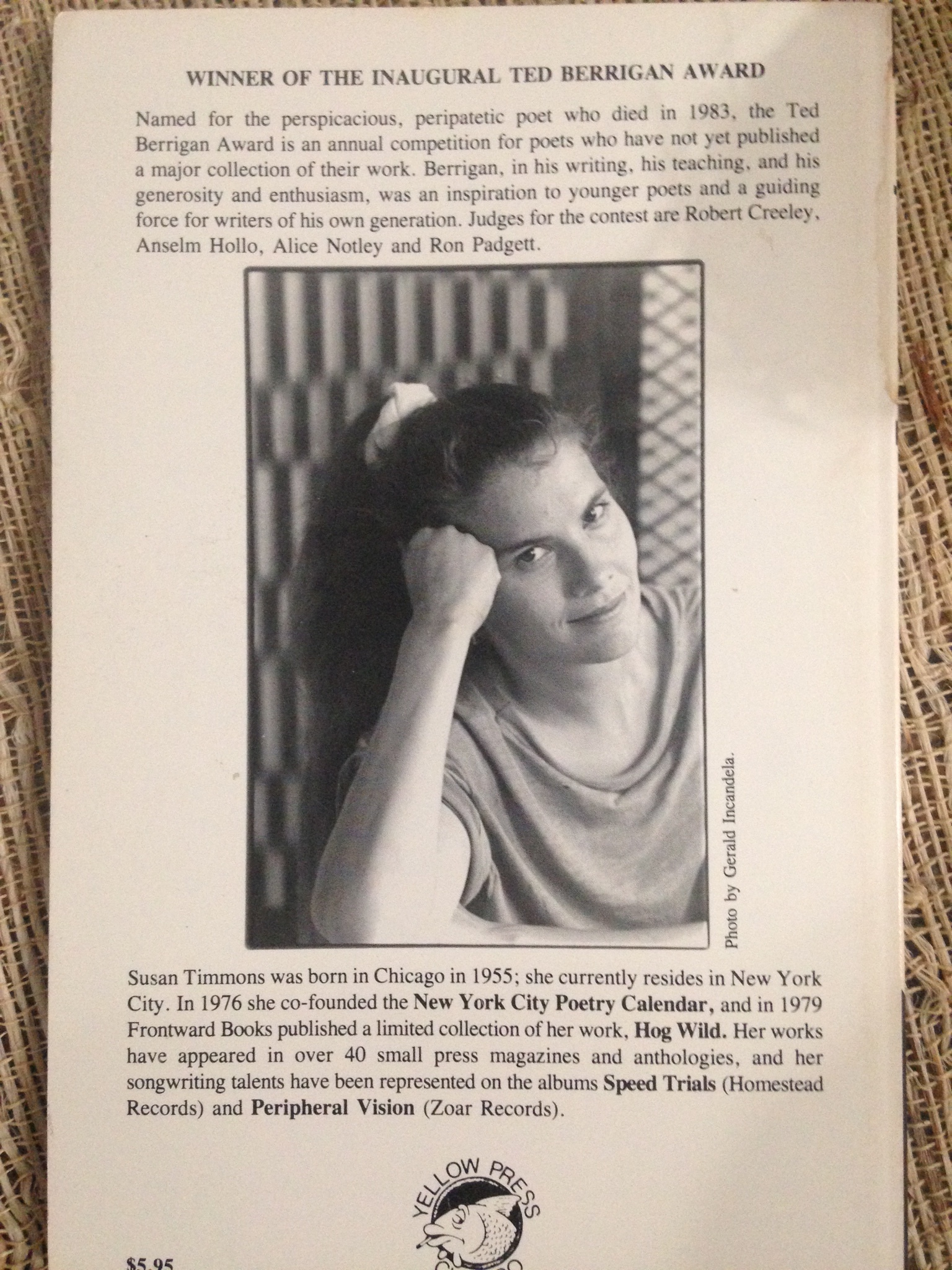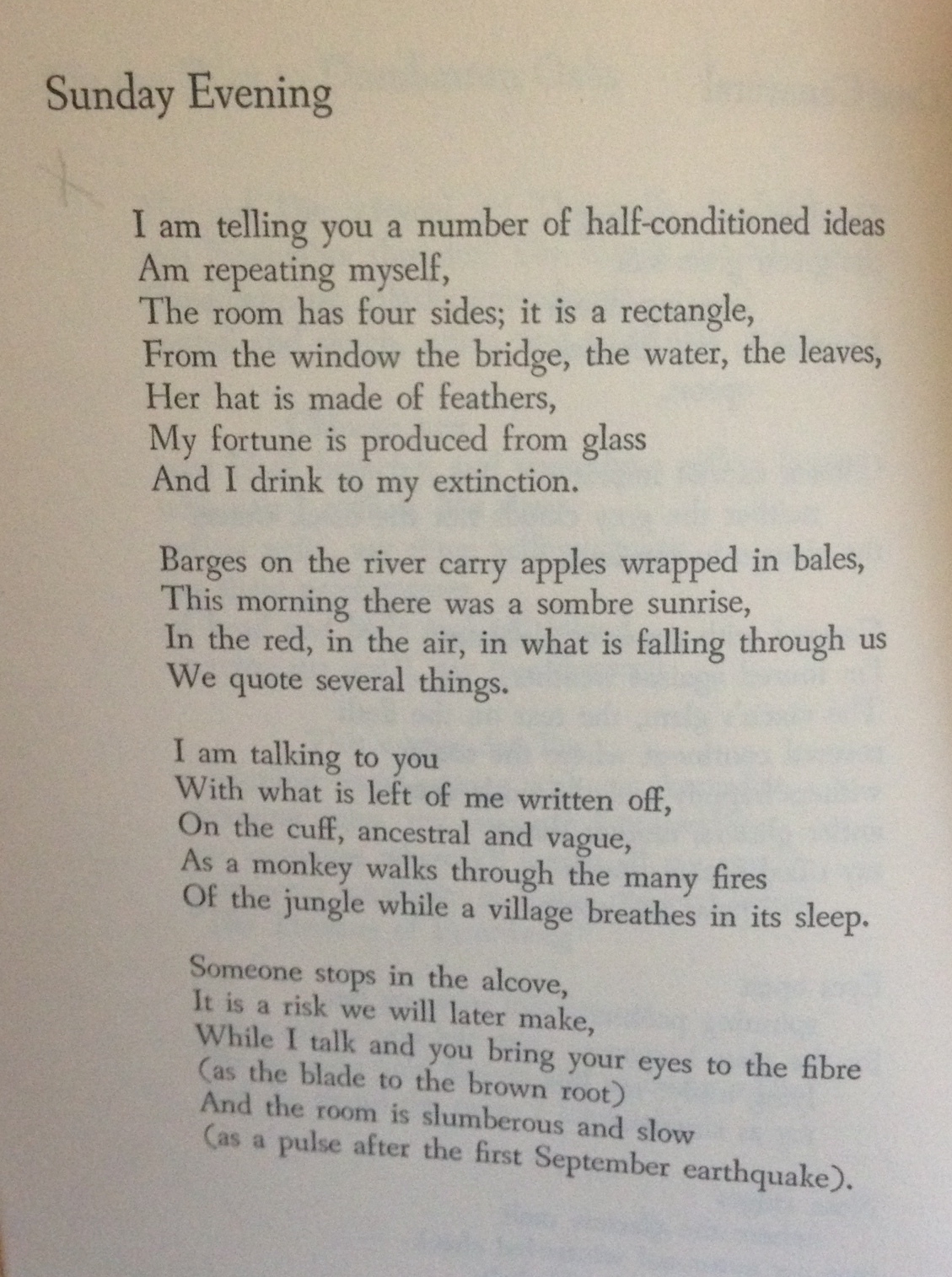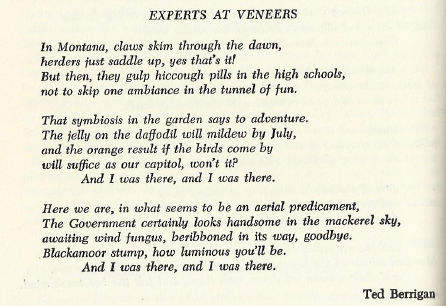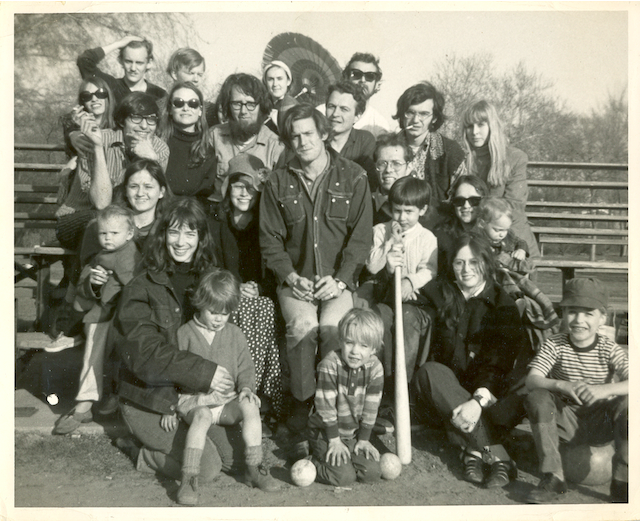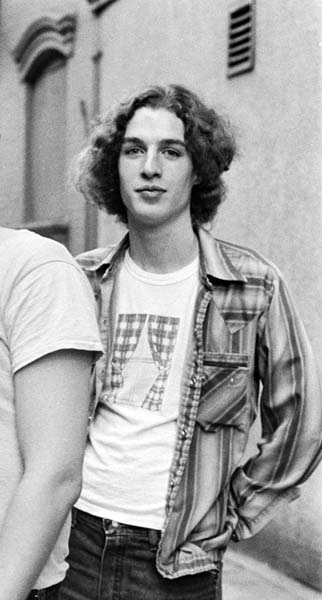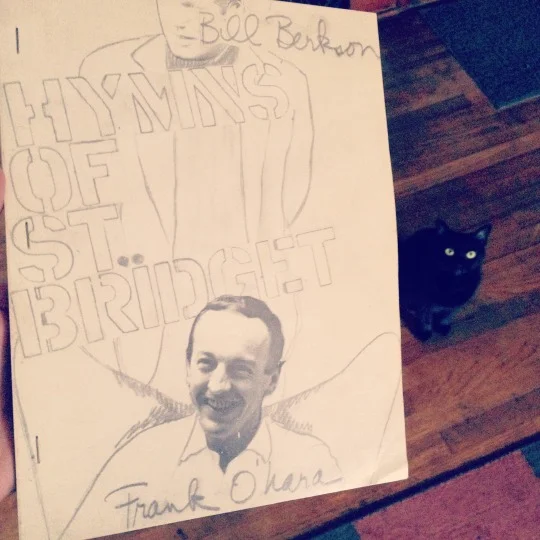Fit Music: California Songs, 1970 by Lorenzo Thomas (Angel Hair Books, 1972), 20 pages, mimeographed and side-stapled with cover and interior collage by Cecilio Thomas. Printed at The Poetry Project at St. Mark’s Church-In-The-Bowery.
Lorenzo Thomas’s brother Cecilio Thomas designed the cover and the interior collage for Fit Music, a collaboration that continued with Cecilio’s cover and interior collage for The Bathers (1981) based on iconic photographs by Charles Moore from the 1963 Birmingham campaign. Fortunately, Cecilio Thomas’s work for Fit Music is reproduced in the recently published The Collected Poems of Lorenzo Thomas (University of Wesleyan Press, 2019) edited by Aldon Lynn Nielsen and Laura Vrana. His collages for The Bathers are not reproduced, however, which strips away some of the visual-textual context for Thomas’s title poem “The Bathers,” the incredible long poem that rewrites and transforms the narratives of the Civil Rights Movement and ongoing racial inequities. The interior collage in Fit Music, to the right, speaks to how Thomas’s poems were increasingly engaging with what he describes as “Aural Design,” an Afro-futurist poetics of political-numinous resistance that Thomas was developing in dialogue with the music of Sun Ra. It also directly addresses the immediate subject of the poems in Fit Music, which were written in San Diego, California in 1970 while Thomas was serving as a radio operator and military advisor in the Navy during the Vietnam War. (You can read more about the conditions of Thomas’s service in Vietnam in my essay at the Poetry Foundation on his Collected Poems.) The coin-like emblem at the top of the page shows a Black sailor in uniform being guided by a Lady Liberty-like figure, both enclosed in a glowing orb that’s put in relationship with a system of techno-celestial spheres, labeled with words like “Space Understanding” and “Failure,” that all point to the two figures above. Fit Music is composed of three poems—”Proem” (which appears untitled in the original 1972 edition), the 12-part “Fit Music,” and “Envoy”—all of which directly address the inequities, violence, racism, nationalism, anxieties, and rough aporias emerging from the intersection of the idyllic Southern California landscape, Thomas’s experiences in Vietnam, and the isolation of returning to the States from that military service. The imagery of Cecilio’s art and Lorenzo’s poems swirl around technological devastation and privilege, consumption and destruction, and a mytho-poetic narrative where old gods, relationships, and war interact on shifting global, local, and historical scales. Like the chart of “orbits and failures” on the global map above, Thomas’s poems trace being “the envoy of a monstrous epic / Or saga of Western corruption” as a reluctant agent of American imperialism at the same time that they describe the geographic, spiritual, and physical displacements of diaspora. An excerpt from Pound’s Cantos colors the book’s title poem, a reference that echoes with the poem’s negotiations within the legacies of modernism’s avant-gardes (where the resonance between war and aesthetics is vivid) as well as Pound’s fascism and racism. All of these events and histories are overlapping, a vicious and ubiquitous pattern of movement that we are all “learning,” as the collage suggests. The Poseidon-like figure emerging from the sea on the cover of Fit Music—as equally mythic as it is comic book-like—gives us a visual allegory for Thomas’s mid-war San Diego and his voice as a poet: both ancient and contemporary, presiding over the already-ruined shoreline of Empire, calling out in song between worlds.
As I write in my essay for the Poetry Foundation:
The poems in Fit Music (1972), edited by Anne Waldman and Lewis Warsh’s Angel Hair Books, narrate Thomas’s years of service, including the incredible “Proem,” which toys with the formal buoyancy of iambic pentameter to address the dread of being drafted:
You spent childhood rehearsing the Korean War
You fucked up in college and picked the wrong major
And in 66 everyone faked concern for Asia
It was all more fitting than you thought;
The staging.
Alienated from peers who couldn’t help him reconcile the ethical impasse he was in, Thomas’s enlistment starts to feel like fate, a message transmitted through the distorting frames of technology.
And the orders came down
As your prophets demanded. Strange FM stations
And astrological phonecalls hastened to soothe you,
Saying, “don’t give a damn.” It was time
To be going. Vancouver or South Viet Nam.
Waldman offers this brief description of Thomas, who she maintained a friendship with throughout his life: “Lorenzo was shy, brilliant, complicated. He carried his knowledge with dignity, quiet confidence, ease ; he knew what he needed to pursue as steady witness, as black poet- historian. He knew what he loved in music, in poetry. Aimé Césaire. I was watching him grow as a poet standing up and stepping out. And he was stepping out further than the rest.”
To read all of Fit Music, absolutely get a copy of The Collected Poems of Lorenzo Thomas. His influence on the Black Arts Movement, early foundational role in the Society of Umbra, and his role as one of the only Black poets associated with the New York School make his work crucial to understanding 20th-century American poetry.














